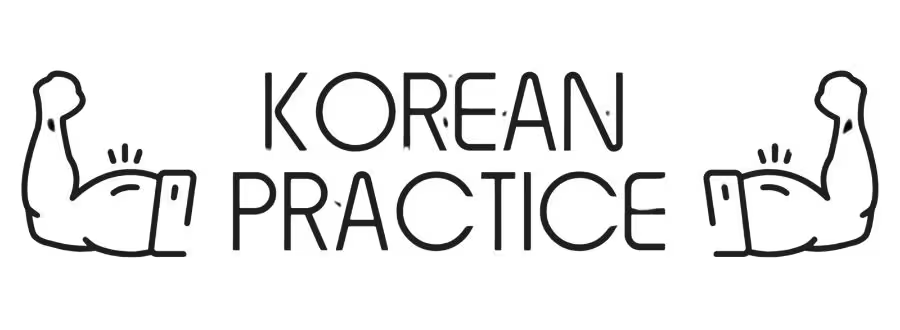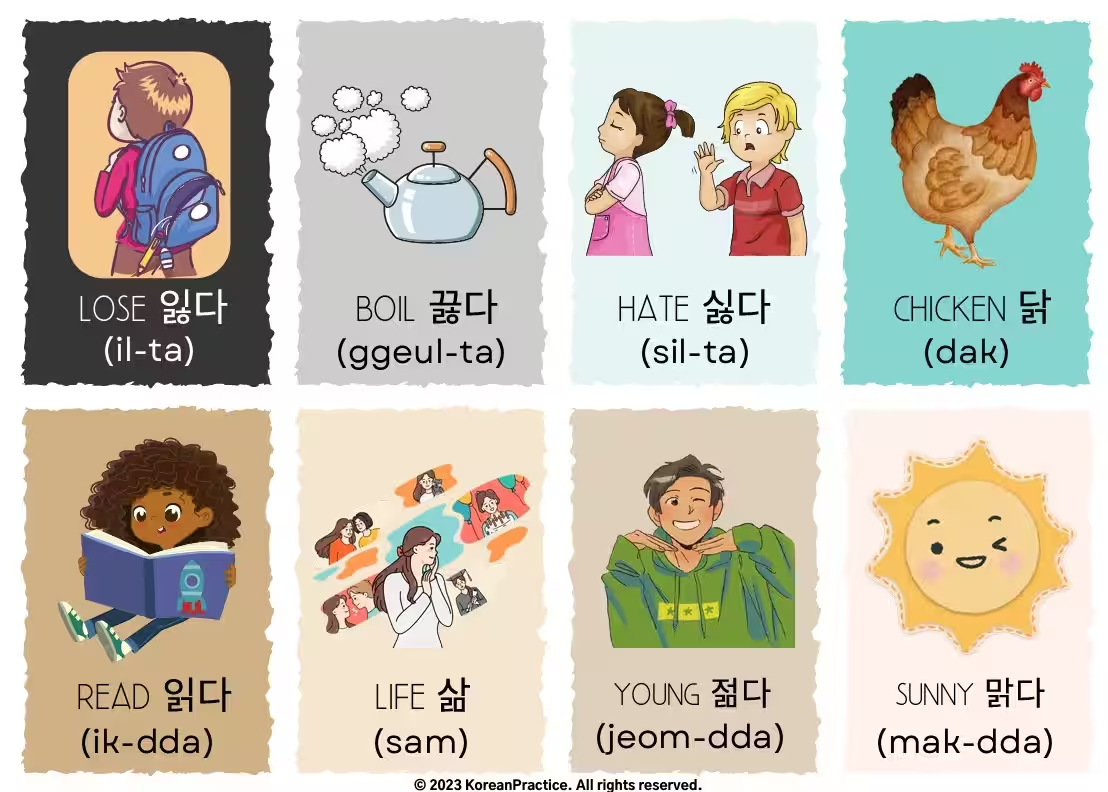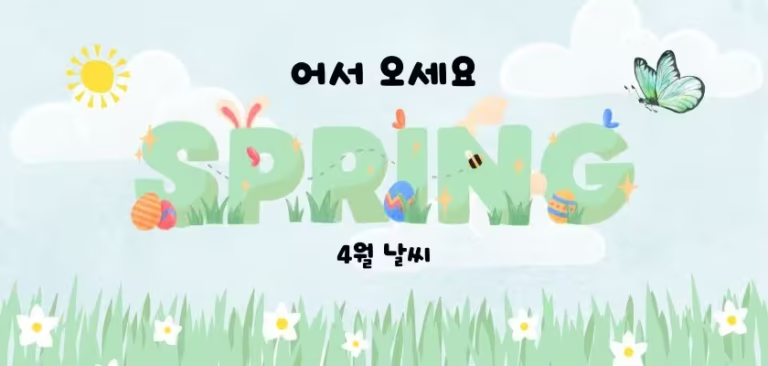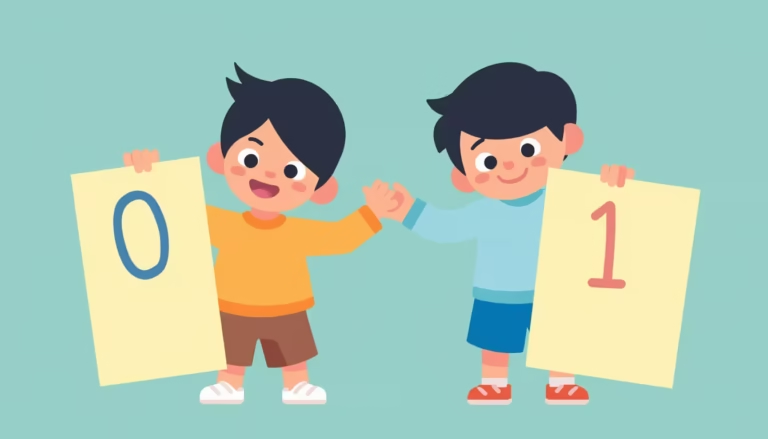Suh ChangWhoon
Written by 서 창훈, a certified Korean teacher with 14+ years of experience in Japan. He previously worked as a government officer, cybersecurity consultant, and English interpreter. Today, he teaches Korean in real classrooms without complex grammar explanations — instead, he trains students’ brains to speak naturally. His unique method is now the foundation of all his Korean courses.
Table of Contents
When you start learning Korean, you may hear the phrase “Did you eat?” all the time. In English, this is a normal question about food. But in Korean, “Did you eat in Korean” is not only about food. It is often a friendly greeting, almost like saying “Hello, how are you?”
This makes it one of the most interesting and useful phrases for beginners to learn. In this blog, you will learn how to say “Did you eat in Korean,” why Koreans use it as a greeting, different ways to say it, and many examples.
We will also look at related questions like:
- How to say did you eat in Korean
- Did you eat already in Korean
- Did you eat a lot in Korean
By the end, you will know how to use this phrase like a real Korean speaker!
How to Say “Did You Eat in Korean”
The most common way to say it is:
👉 밥 먹었어? (bap meogeosseo?)
밥 (bap) = rice, but it also means “meal” in Korean.
먹었어 (meogeosseo) = did eat.
So the literal meaning is: “Did you eat rice?” But in everyday life, it simply means “Did you eat?”
This is informal. You can use it with friends or people younger than you.
Original Korean Sentence
Friend 1: 밥 먹었어?
Friend 2: 응, 먹었어!
Pronunciation Guide
Friend 1: 밥 (bap) 먹었어 (meo-geo-sseo)?
Friend 2: 응 (eung), 먹었어 (meo-geo-sseo).
Meaning and Context
Friend 1: 밥 (meal, rice) 먹 (to eat) 었 (past tense) 어 (I’m asking you casually)?
Friend 2: 응 (yes; in a casual way), 먹 (to eat) 었 (past tense) 어 (I’m telling you casually).
English Translation
Friend 1: Did you eat?
Friend 2: Yes, I ate!
Literal Translation
Friend 1: Did you eat meal?
Friend 2: Yes, (I) ate!

Start the Free Course
Still wondering how to read Korean?

This isn’t just another beginner lesson. It’s a complete system designed to change the way you think about Korean — from struggling with letters to reading real sentences, understanding the language, and speaking out loud with confidence.
Why Koreans Use “Did You Eat?” as a Greeting
In Korean culture, food is very important. Eating together shows care and friendship. That is why “Did you eat in Korean” is often used like “How are you?”
It does not always mean the speaker wants to know exactly if you ate food. Instead, it shows kindness and concern.
So when someone says 밥 먹었어?, they may just want to say hello in a warm way.
Did You Eat in Korean Language: Formal and Polite Versions
If you want to be polite, you cannot just say 밥 먹었어? to everyone. For older people or strangers, you should use polite speech.
Here are polite versions of Did you eat in Korean language:
- 밥 먹었어요? (bap meogeosseoyo?) – polite, friendly tone.
- 식사하셨어요? (siksa hasyeosseoyo?) – very polite and respectful.
Original Korean Sentence
To your teacher: 선생님, 식사하셨어요?
Teacher: 네, 고마워요.
Pronunciation Guide
To your teacher: 선생님 (seon-saeng-nim), 식사하셨어요 (sik-ssa-ha-syeot-sseo-yo)?
Teacher: 네 (ne), 고마워요 (go-ma-wo-yo).
Meaning and Context
To your teacher: 선생님 (teacher), 식사하 (to eat; in polite way) 시 (I show you respect) 었 (past tense) 어요 (I’m asking you polite and friendly)?
Teacher: 네 (yes), 고마워요 (thank you; in a polite way).
English Translation
To your teacher: How are you doing, teacher?
Teacher: Yes, thank you.
Literal Translation
To your teacher: Teacher, Did you eat?
Teacher: Yes, thank you.
7 Delicious Fruits in Korean You’ll Love to Say (with Pictures & Examples!)
Did You Eat Already in Korean
Sometimes you want to ask if someone already ate. You can say:
👉 밥 벌써 먹었어? (bap beolsseo meogeosseo?)
= Did you eat already?
👉 벌써 (beolsseo) means “already.”
Original Korean Sentence
A: 밥 벌써 먹었어?
B: 응, 조금 전에 먹었어.
Pronunciation Guide
A: 밥 (bap) 벌써 (beol-sseo) 먹었어 (meo-geo-sseo)?
B: 응 (eung), 조금 (jo-geum) 전에 (jeo-ne) 먹었어 (meo-geo-sseo).
Meaning and Context
A: 밥 (meal, rice) 벌써 (already) 먹 (to eat) 었 (past tense) 어 (I’m asking you casually)?
B: 응 (yes; in a casual way), 조금 전에 (a little while ago) 먹 (to eat) 었 (past tense) 어 (I’m telling you casually).
English Translation
A: Did you eat already?
B: Yes, I ate a little while ago.
Literal Translation
A: Ate meal already?
B: Yes, ate a little while ago.
Start the Story Course
Looking for super easy way to learn Korean?
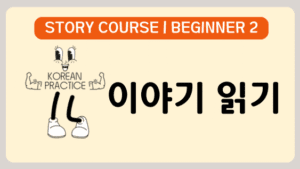
Most Korean courses stop at grammar. Mine goes beyond — with stories, Story Style Breakdown™, and real practice to help you speak.
Did You Eat a Lot in Korean
You may also want to ask if someone ate a lot, like showing care. In Korean, you can say:
👉 밥 많이 먹었어? (bap mani meogeosseo?)
= Did you eat a lot?
👉 많이 (mani) means “a lot.”
Original Korean Sentence
A: 밥 많이 먹었어?
B: 응, 너무 많이 먹어서 배불러!
Pronunciation Guide
A: 밥 (bap) 많이 (ma-ni) 먹었어 (meo-geo-sseo)?
B: 응 (eung), 너무 (neo-mu) 많이 (ma-ni) 먹어서 (meo-geo-seo) 배불러 (bae-bul-leo)!
Meaning and Context
A: 밥 (meal) 많이 (a lot) 먹 (to eat) 었 (past tense) 어 (I’m asking you casually)?
B: 응 (yes), 너무 (too) 많이 (much) 먹 (to eat) 어서 (because) 배불러 (I’m full; in a casual way)!
English Translation
A: Did you eat a lot?
B: Yes, I ate too much, I’m full!
Literal Translation
A: Ate meal a lot?
B: Yes, Since (I) ate too much, I’m full!
More Examples of “Did You Eat in Korean”
Here are more example sentences using different levels of speech:
- 밥 먹었어? – Did you eat? (casual)
- 밥 먹었어요? – Did you eat? (polite)
- 식사하셨어요? – Did you have a meal? (very polite)
- 밥 벌써 먹었어? – Did you eat already?
- 밥 많이 먹었어? – Did you eat a lot?
- 아침 먹었어? – Did you eat breakfast?
- 점심 먹었어? – Did you eat lunch?
- 저녁 먹었어? – Did you eat dinner?
As you can see, you can change the word 밥 to 아침 (breakfast), 점심 (lunch), 저녁 (dinner) to be more specific.
From My Original Story Style Breakdown™ — A New Way to Truly Understand Korean
This is just one sentence from a complete learning system you won’t find anywhere else. — designed to help you understand Korean naturally, without getting lost in grammar rules.
When you can truly understand Korean sentences this way, speaking becomes much easier.
🚀 Quick Learning

Original Korean Sentence
사자가 코끼리를 잡아요.
Pronunciation Guide
사자가 (sa-ja-ga) 코끼리를 (ko-ggi-ri-reul) 자바요 (ja-ba-yo).
English Translation
The lion catches the elephant.
Literal Translation
Lion catch elephant.
Quick Reference
사자가 (lion) 코끼리를 (elephant) 잡아요 (catch).
💡 Need more details? Click “Deep Learning” below!
🔍 Deep Learning
Meaning and Context
사자 (lion)
→ The lion — the one taking action now in the story.
가 (subject marker)
→ Points out that the lion is doing the action.
코끼리 (elephant)
→ The one the action is done to.
를 (object marker)
→ Shows that the elephant is the object being caught.
잡 (to catch, grab, take)
→ The action — the lion catches or grabs the elephant.
아요 (polite ending)
→ I’m telling you this in a polite and friendly way.
Real-Life Usage
잡아요 is common when talking about catching or holding something.
Pattern Practice
1. 사자가 토끼를 잡아요.
2. 고양이가 쥐를 잡아요.
3. 아이가 공을 잡아요.
4. 강아지가 공을 잡았어요.
Free Korean Flashcard
FAQs (What You Might Still Wonder About)
1. ❓ Can I answer “밥 먹었어.” even if I didn’t eat rice?
Yes! In Korean, 밥 (bap) means more than “rice.” It often means “meal.” So even if you ate bread, noodles, or pizza, you can still answer with 먹었어 (I ate).
2. ❓ Is “Did you eat?” used at any time of the day?
Yes, it can be used in the morning, afternoon, or evening. It does not matter if it is breakfast, lunch, or dinner. The phrase is flexible and always sounds natural.
3. ❓ Do Koreans expect you to eat together if they ask this question?
Not always. Sometimes it is just a greeting. But in some cases, it can be an invitation to eat together, especially if the person asks right before mealtime.
4. ❓ What is the difference between “밥 먹었어?” and “밥 먹었니?”
- 밥 먹었어? – casual, friendly, normal tone.
- 밥 먹었니? – softer, sometimes used by parents or older people talking to children. It sounds caring and gentle.
5. ❓ Can I say “밥 먹었어?” in a text message?
Yes! Koreans often use it in texting, chat apps, or phone calls. It is a common way to start a conversation naturally.
6. ❓ What if I want to say “Let’s eat” instead of “Did you eat?”
You can say:
밥 먹자! (bap meokja!) – “Let’s eat!” (casual)
밥 같이 먹어요! (bap gachi meogeoyo!) – “Let’s eat together!” (polite)
Final words
The phrase “Did you eat in Korean” is small, but very powerful. It connects grammar, culture, and real life. The next time you meet a Korean friend, try saying 밥 먹었어? You will sound natural, friendly, and caring.
Remember: it is not just about food. It is about showing that you care about the other person. That is why this simple phrase is so special in the Korean language.
